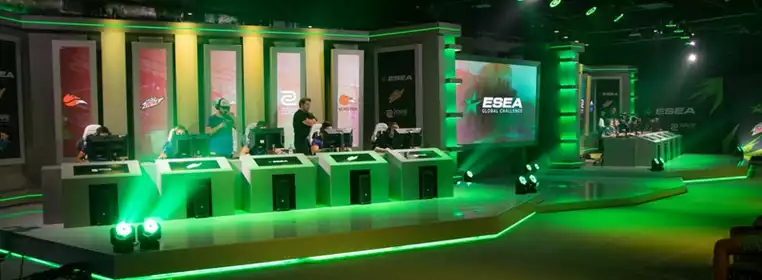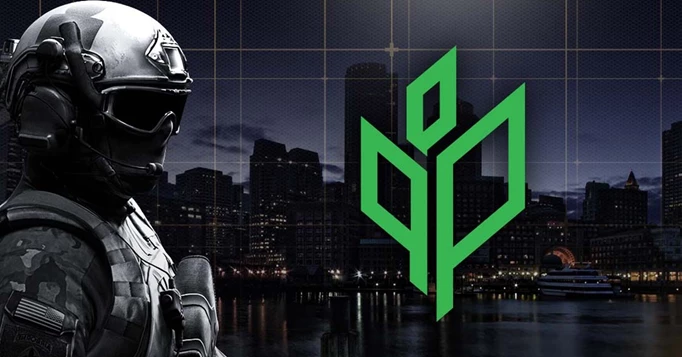All The Different Ways Amateurs Can Become CSGO Professionals

The amateur division within Counter-Strike: Global Offensive (CS:GO) is one of the most transparent scenes in esports. While other games hold back future talents due to age restrictions and team slots, CS:GO offers a wide variety of options when it comes to going pro.
Websites such as ESEA and FACEIT allow players to climb the global ranks and receive recognition from pros all around the world. From monthly events to B-Tier qualifiers, the opportunities are endless for amateur players.
Before facing the best teams in the A/S-Tier scene, all players must first prove themselves as consistent rookies. May that be winning a few ESEA cash cups or even placing first at a local LAN event.
All of this experience is treated as a resume for teams to look through and recognise who has the right amount of talent. The two main regions that compete in amateur events are both Europe and North America. As for the Asian and Oceanic scene, it’s much harder to grow as org-less players.
Amateur players don’t usually face the music within A/S-Tier events which is why they’re mostly known for their participation in smaller online competitions. These tournaments are usually recognised as C/B-Tier ratings.
FEMALE ROSTERS AND ACADEMY TEAMS
Two divisions that mostly consist of academy teams, small orgs, and independent players. North America doesn’t play a big role in the lowest Tier compared to Asia and Europe. The prize pools can go as high as $20,000, but often land between $1,000 and $10,000.
As most people may know, the C-Tier scene accounts for a majority of all-female rosters and academy teams. FURIA, MiBR, and Galaxy Racer all have female subdivisions under their financial umbrella.
They’re the biggest all-female rosters in CS:GO but only happen to compete in the C-Tier scene. This also goes for academy teams such as forZe School and NAVI Youth. Both teams often compete for small sums of money between the range of $1500 to $3000.
At the end of the day it’s not about the earnings for these youngsters but instead the experience. Their orgs are investing in future pros and signing them to a main roster deal. This means that if a player shows a consistent play style during their amateur years, they will later be moved to the main lineup.
FINANCIAL OPTIONS
Most ESEA titles make appearances in the B-Tier scene along with smaller orgs that are capable of requiring small amounts of funding. Most of these teams are often owned by a small group of people that supply players with minimal contracts.
These signings often include jerseys, tournament fees, and sometimes sponsored products. Instead of receiving salaries, most B-Tier players are showered in merch and free energy drinks. This is due to the fact the amateur CS:GO scene doesn’t receive a lot of attention, meaning companies don't see much benefit in sponsoring teams.
The only teams that received minor monthly salaries are those who are capable of winning the big events of the years. These tournaments range between $30,000 and $70,000 - which is serious cash for independent teams.
DreamHack is one of the biggest supporters for amateur players, which is why they plan on contributing $360,000 in prize pool payments this year. Money like that attracts attention across the globe, considering lesser-known players have a shot at earning six figures.

 Click to enlarge
Click to enlargeGROWTH WITHIN THE AMATEUR SCENE
Some of the biggest B-Tier teams this year include Sprout, Extra Salt, and the Bad News Bears. Sprout is one of the bigger orgs in the scene, considering they’ve already earned roughly $60,000 within a few months.
Extra Salt on the other hand is known as a media team which can be defined as an advert roster. They have a lot of talent but mostly depend on social media to help spread their name. Lastly, there's the Bad News Bears which are completely independent and host some of the best up and coming players in North America.
They won back-to-back cash cups this year and are already dominating their opponents in ESEA. Fans of long-time North American AWPer Peter "ptr" Gurney treat the Bad News Bears as a household name. They’re one of four teams to have a perfect ESEA Premier season and are clearly baby steps away from playing with the best.
HOW TO JOIN THE COMPETITION
For those who believe they have what it takes to play at an amateur level and succeed, simply join ESEA or FACEIT and start playing. Use Twitter to find teammates and link up during the week to scrim and play league matches.
One of the best ways to join the path to a competitive career is by removing casual servers and only grinding on secondary websites. ESEA offers a tonne of leagues whereas FACEIT is great for playing against other competitors for practice.
Images via ESEA | Sprout